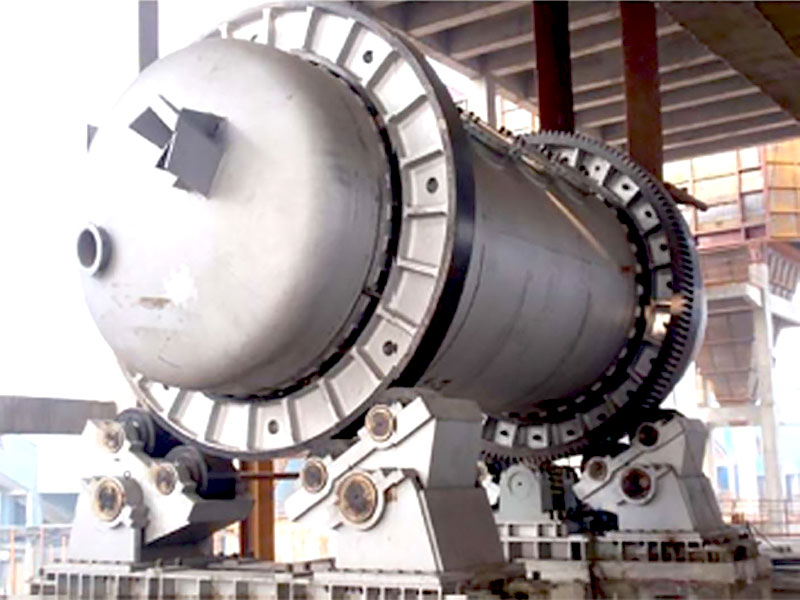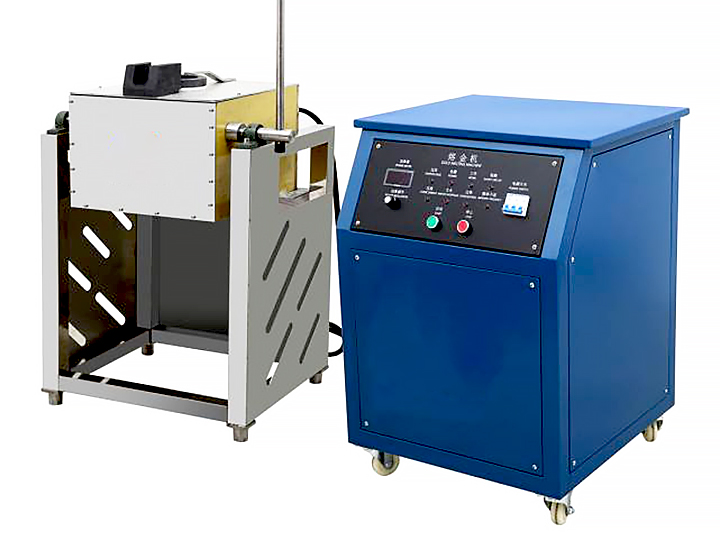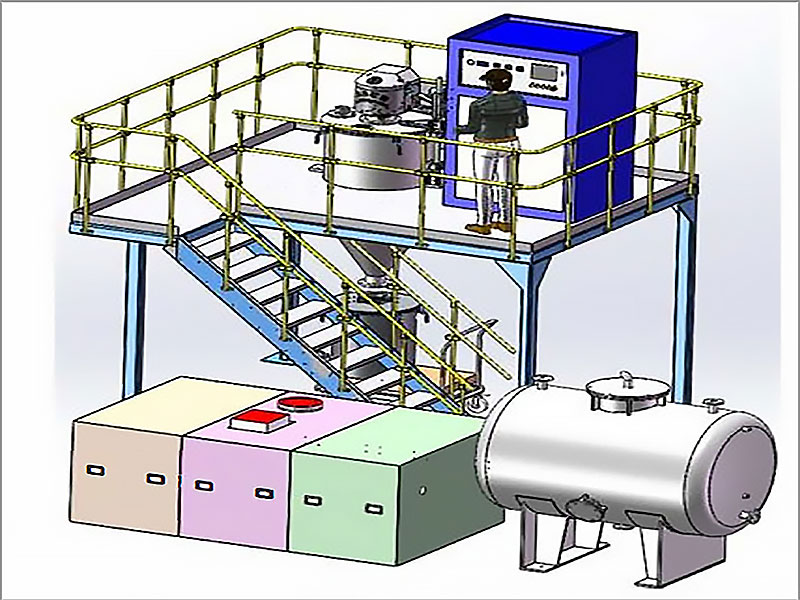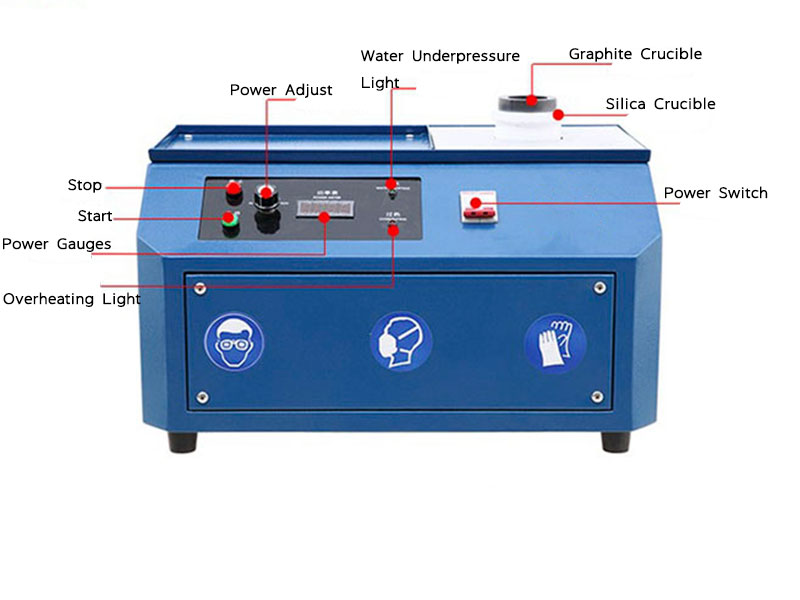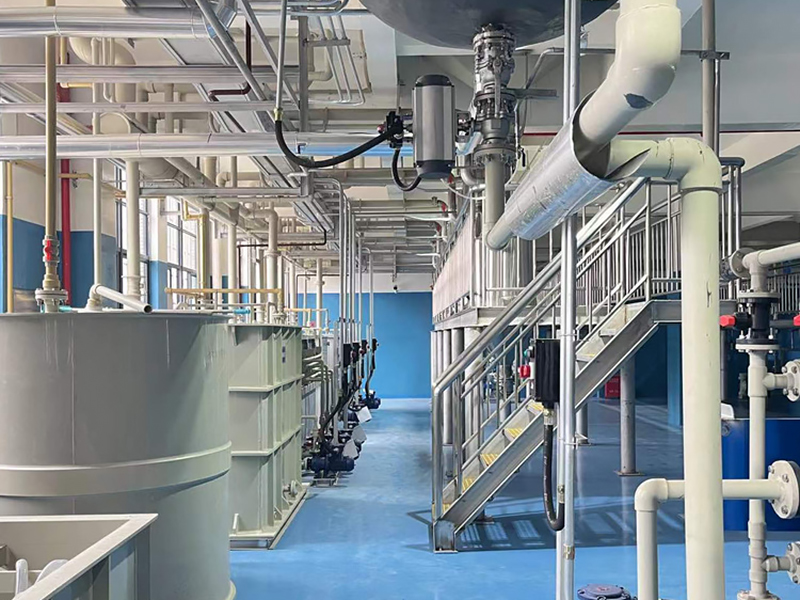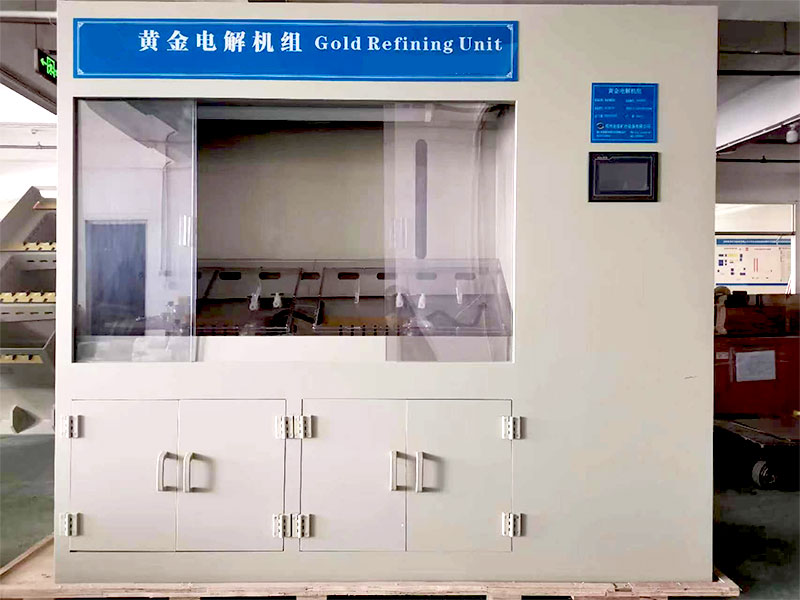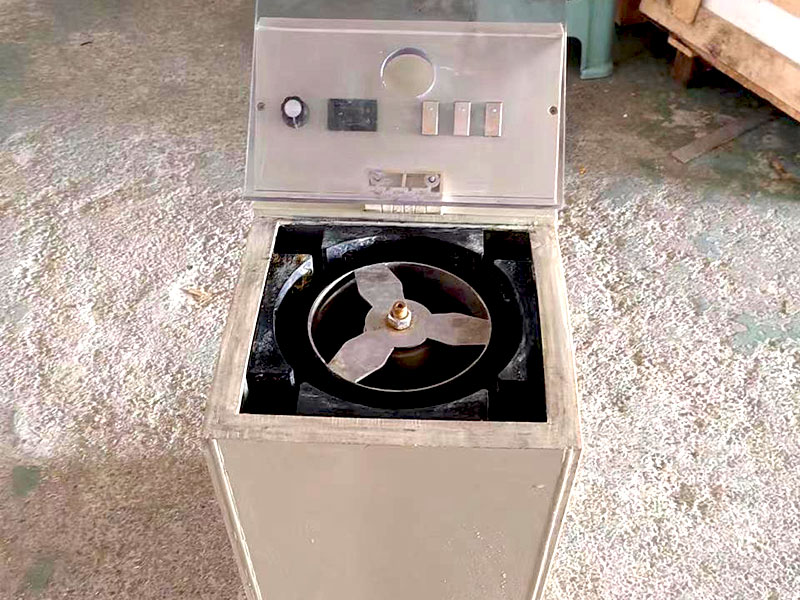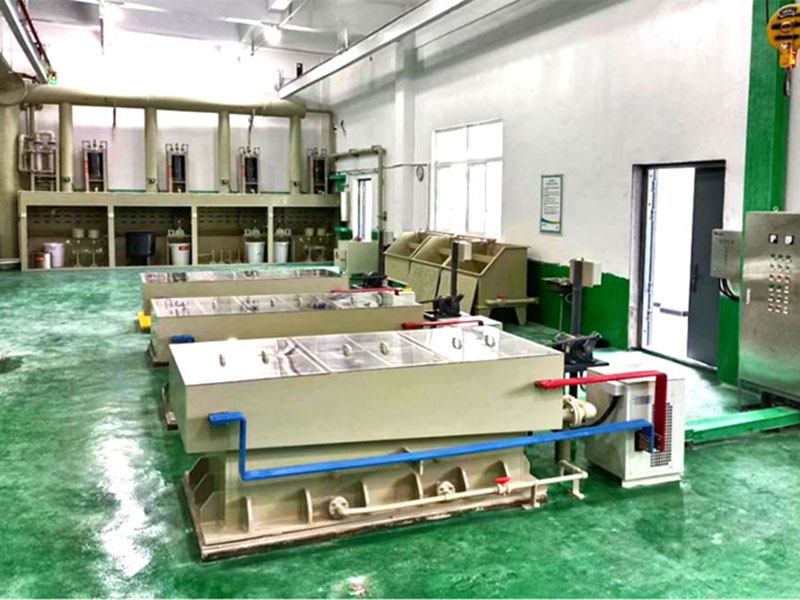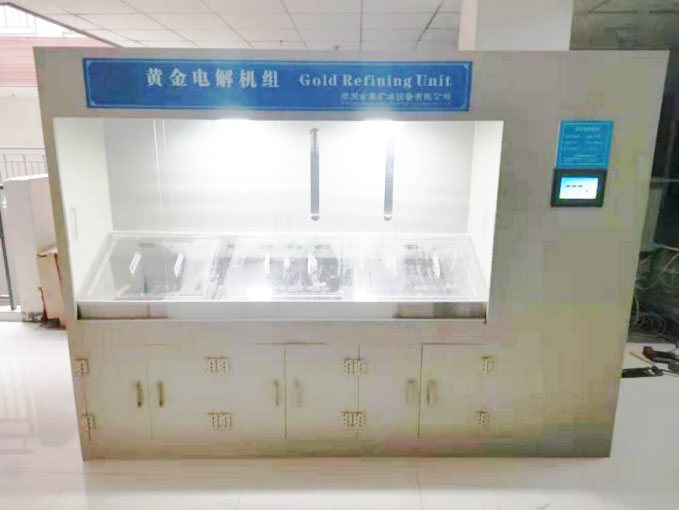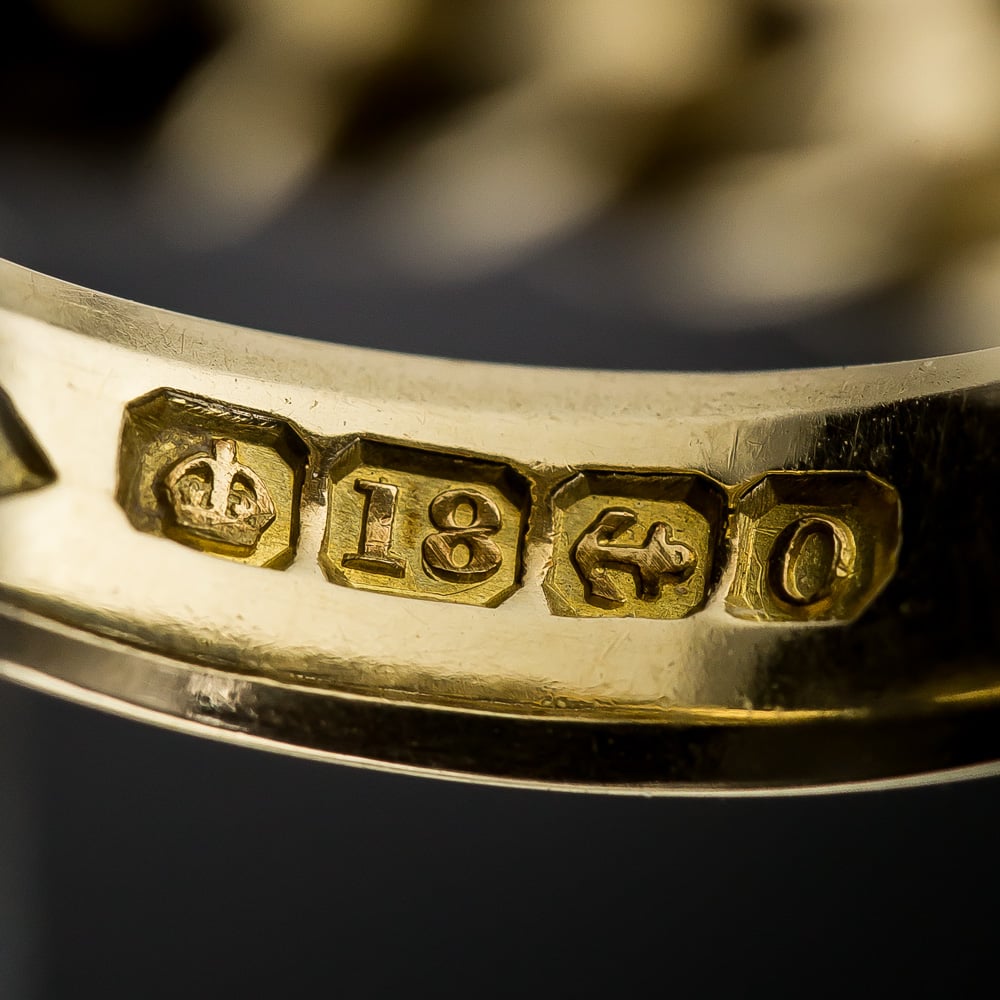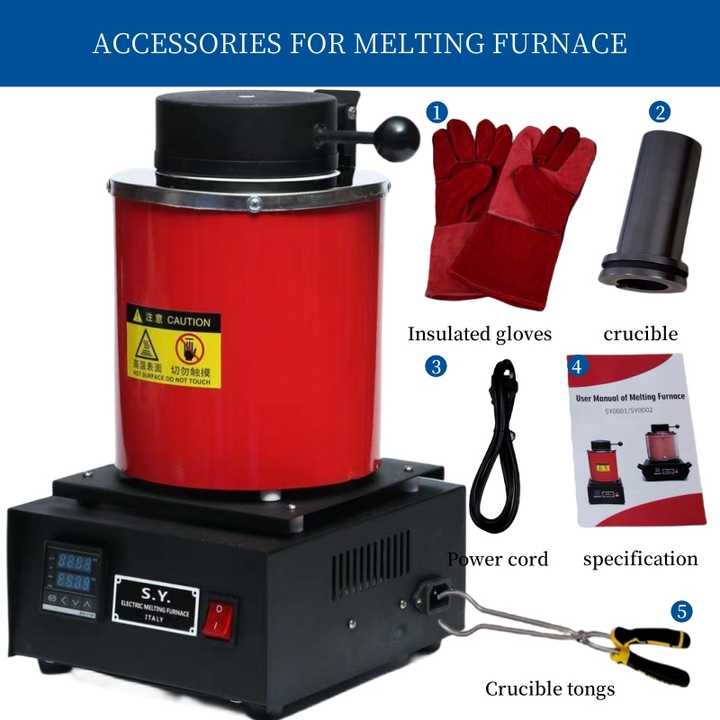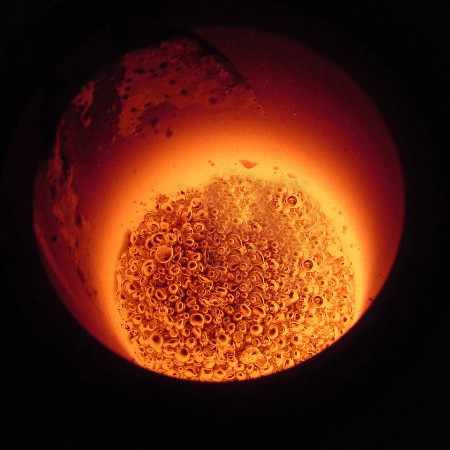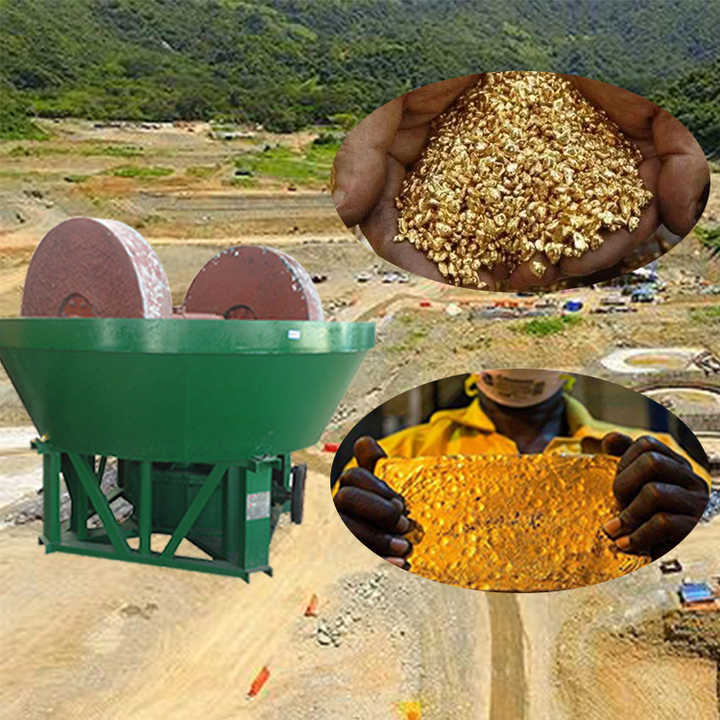gold refining process steps
An Overview of Gold Refining Process Steps
The process of refining gold is essential to achieve high levels of purity and quality. Gold refining has been practiced for centuries, evolving from traditional methods to modern techniques that ensure more efficient and precise outcomes. Understanding the gold refining process steps is important for anyone involved in the gold industry, whether for investment, jewelry, or industrial applications. This article will guide you through the key steps in the gold refining process, highlighting how gold is transformed from its raw form to a highly purified state.
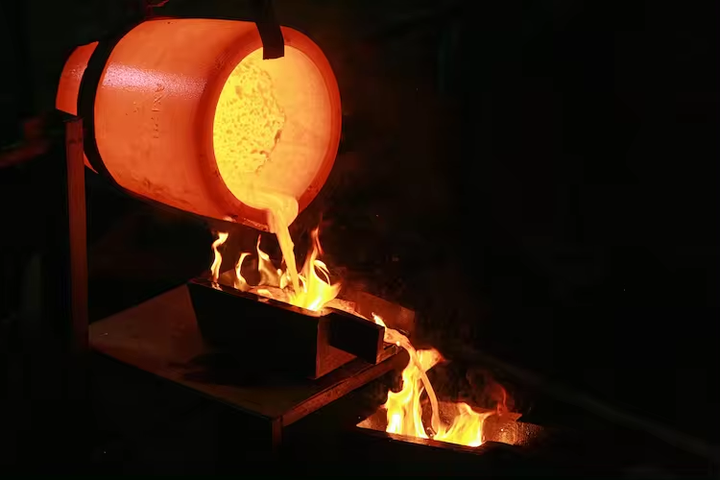
Step 1: Collecting Raw Gold Materials
The first step in the gold refining process is collecting the raw materials that contain gold. These materials may include gold ores, scrap gold, or electronic waste. The gold content in these materials can vary widely, so careful collection and sorting are necessary to optimize the refining process. Whether the material is mined ore or old jewelry, the objective is to gather a sufficient amount of gold for refining.
Gold Ore and Scrap Gold
Gold ore is extracted from the earth using mining techniques, and it typically contains impurities such as silver, copper, and other metals. Scrap gold, on the other hand, includes old jewelry, industrial products, and even electronic components that contain gold. These materials are prepared for the refining process to separate the gold from impurities.
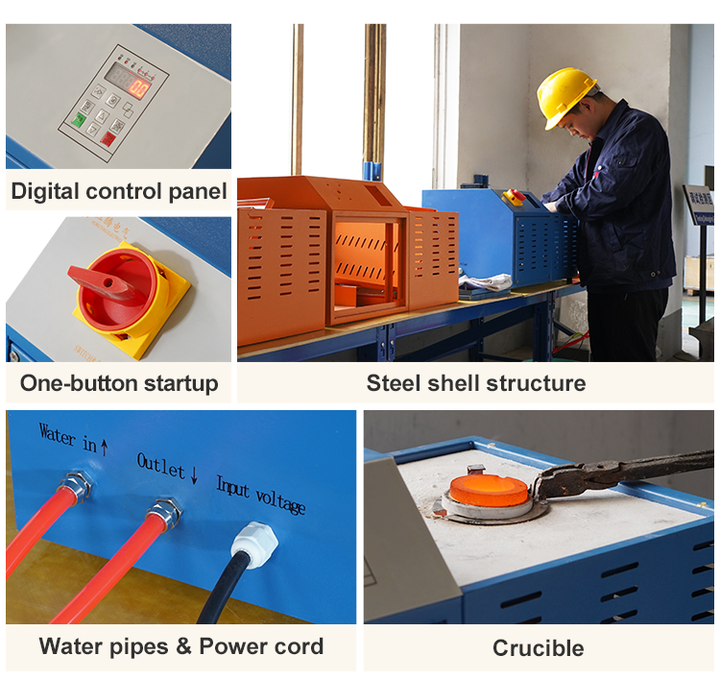
Step 2: Melting the Gold
Once the raw gold materials are collected, the next step is melting. Gold is placed in a furnace and heated to its melting point, which is 1,064 degrees Celsius (1,947 degrees Fahrenheit). As the gold melts, it separates from any non-metallic materials and other impurities that are present in the raw material.
Use of Flux
To assist in the melting process, flux is often added to the furnace. Flux helps to bind with impurities, allowing them to rise to the surface as slag. This slag can then be removed, leaving behind molten gold, which will be refined further.
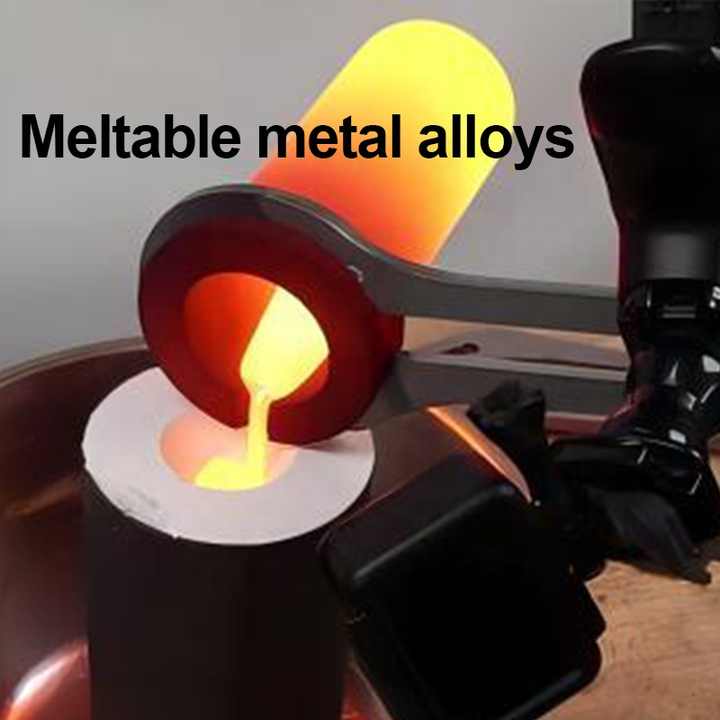
Step 3: Chemical Refining
After the gold is melted and impurities are partially removed, the next stage involves chemical refining. Chemical refining processes are used to achieve higher purity levels by dissolving gold and separating it from other metals. Two common methods used in this stage are the Aqua Regia process and the Miller process.
Aqua Regia Process
The Aqua Regia process is one of the most widely used gold refining techniques. In this method, gold is dissolved in a mixture of nitric acid and hydrochloric acid, which creates a solution containing dissolved gold. The impurities, such as silver, remain in the solution, while the gold is precipitated and recovered after the solution is filtered.
Miller Process
The Miller process is another method used to refine gold, particularly in large-scale operations. Chlorine gas is passed through molten gold, causing impurities to form chlorides, which rise to the surface and can be skimmed off. This process is faster than Aqua Regia but results in slightly less pure gold, typically around 99.5%.
Step 4: Filtration and Precipitation
Once the chemical refining process is complete, the solution containing dissolved gold is filtered to remove any remaining impurities. After filtration, a reducing agent is added to the solution, causing the gold to precipitate out as solid particles. These particles are collected and prepared for further refinement if necessary.
Gold Precipitation
During precipitation, gold is transformed from a dissolved state into a solid form. The use of reducing agents such as sodium metabisulfite or oxalic acid causes the gold to drop out of the solution, forming fine gold particles that settle at the bottom of the container. These particles are then collected and dried.
Step 5: Electrolytic Refining (Optional)
For those seeking the highest levels of gold purity, electrolytic refining is sometimes added to the gold refining process steps. This method involves using an electrical current to further purify the gold. In electrolytic refining, a gold anode is submerged in an electrolyte solution, and an electrical current is passed through the solution. The gold dissolves from the anode and deposits onto a cathode, leaving impurities behind.
Benefits of Electrolytic Refining
Electrolytic refining produces gold with purity levels of up to 99.99%, making it ideal for applications requiring ultra-pure gold. While this method is more complex and requires specialized equipment, it is highly effective for producing gold of the highest quality.
Step 6: Smelting and Forming Gold Bars
After all refining steps are complete, the final step in the gold refining process is smelting the purified gold and forming it into bars, coins, or other shapes depending on the intended use. The smelting process involves melting the refined gold one final time and pouring it into molds to create the desired product.
Testing for Purity
Before the gold is smelted into its final form, it is often tested for purity to ensure it meets the required standards. Assay tests are commonly used to measure the gold’s fineness and verify that it is free from impurities.
Importance of the Gold Refining Process
Each of the gold refining process steps plays a crucial role in transforming raw gold into high-purity gold. Whether for use in jewelry, electronics, or industrial applications, the quality and purity of the gold depend on following these steps carefully. By understanding the refining process, refiners can produce gold that meets the highest standards of quality and purity.
The gold refining process steps, from collecting raw materials to smelting the final product, involve a combination of physical and chemical techniques that ensure high-quality gold production. Understanding each stage of the process helps refiners and consumers appreciate the complexity and precision required to transform gold into its purest form. Whether using traditional methods like melting and chemical treatment or advanced techniques like electrolytic refining, following these steps is essential for achieving the best results in gold refining.

